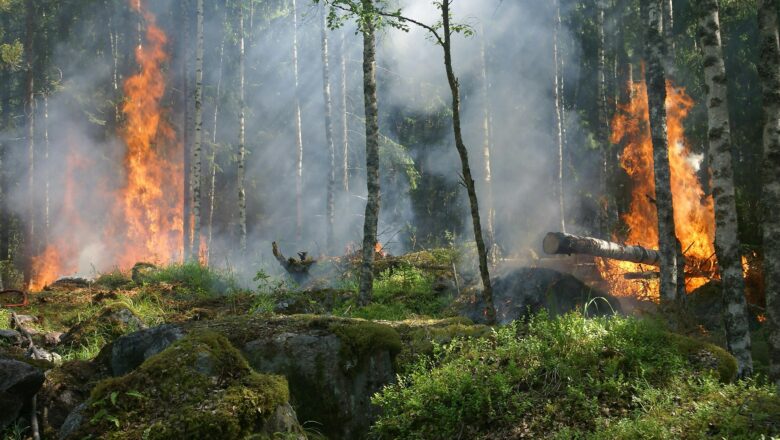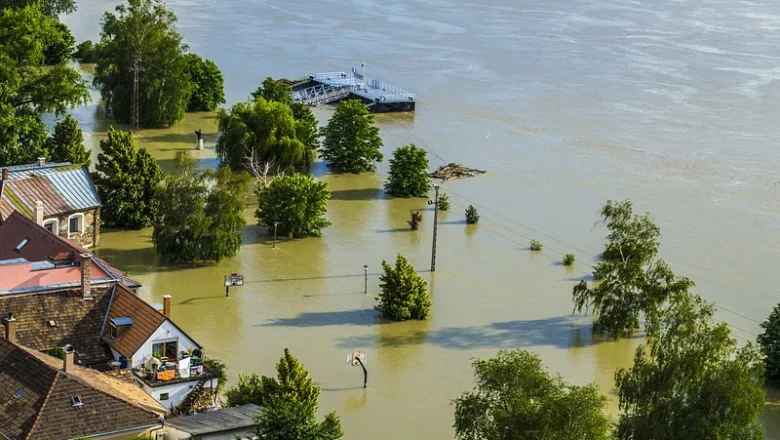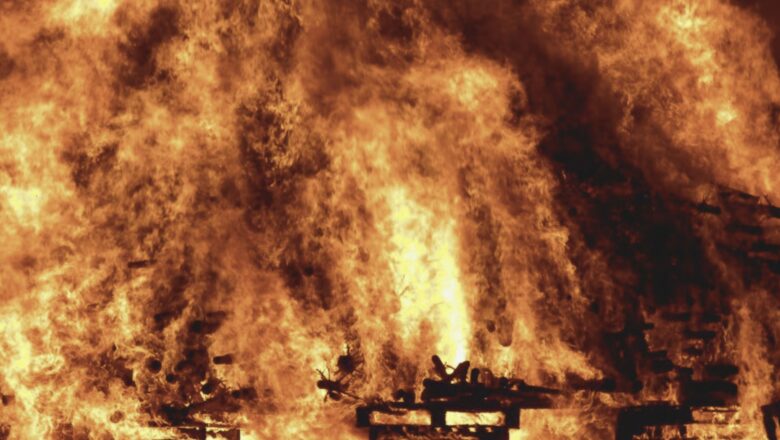
Flooding After Wildfires LA Faces Growing Risk Amid Climate Change
In the aftermath of devastating urban wildfires, a rainstorm might seem like a welcome relief. However, fire-scorched landscapes are highly vulnerable to floods, which can bring further destruction. Los Angeles has experienced this repeatedly, from the 1933 Griffith Park Fire to the 2009 Station Fire in the San Gabriel Mountains and the 2018 Woolsey Fire in Malibu.
Mitul Luhar, an expert in fluid dynamics and associate professor of aerospace, mechanical, civil, and environmental engineering at USC, is studying these risks. At the City of Los Angeles's Hydraulic Research Laboratory in Frogtown, Luhar and his team have developed a 1:120 scale hydraulic model of a section of the L.A. River to simulate flood scenarios.
Luhar explains why floods often follow wildfires and what engineers c...





